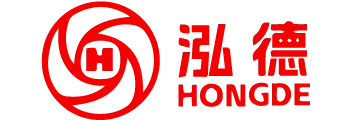What is the function of a car clutch
Ensure a smooth start of the car: When the car starts, the clutch controls the connection between the engine and the wheels, allowing the vehicle to smoothly transition from a stationary state to a moving state. The driver slowly lifts the clutch pedal and lightly steps on the accelerator to gradually transfer the engine torque to the transmission system, thereby achieving a smooth start of the car.
Easy to shift: During driving, the driver needs to shift gears according to road conditions and speed. The clutch temporarily cuts off the connection between the engine and the gearbox, allowing the driver to smoothly disengage from the original gear and enter the new gear, thereby achieving smooth shifting operations and reducing impact and wear during shifting.
Prevent transmission system overload: When the vehicle encounters significant resistance or load, the clutch can automatically disconnect the connection between the engine and the wheels, avoiding damage to the transmission system due to overload. Especially during emergency braking, the clutch can eliminate danger and protect the transmission system.
Reduce torsional shock: The clutch can absorb and reduce the torsional shock generated by the engine, reduce the impact on the transmission gear, and thus extend its service life. This feature not only improves driving comfort, but also protects the vehicle's transmission components.
The structure and working principle of the clutch: The clutch is located inside the flywheel housing between the engine and the gearbox, and the clutch assembly is fixed to the rear plane of the flywheel with screws. The output shaft of the clutch is connected to the input shaft of the gearbox, and the driver controls the connection or disconnection of the engine and gearbox by pressing or releasing the clutch pedal. This operation not only ensures the smoothness of the car during start-up, but also achieves a smooth transition during gear shifting and prevents damage to the transmission system due to overload.
Types of clutches: Common types of clutches include hydraulic couplings, electromagnetic clutches, and automatic clutches. Different types of clutches play important roles in different application scenarios. For example, hydraulic couplings are mainly used in heavy-duty transmission systems, while electromagnetic clutches are commonly used in situations that require fast response.


